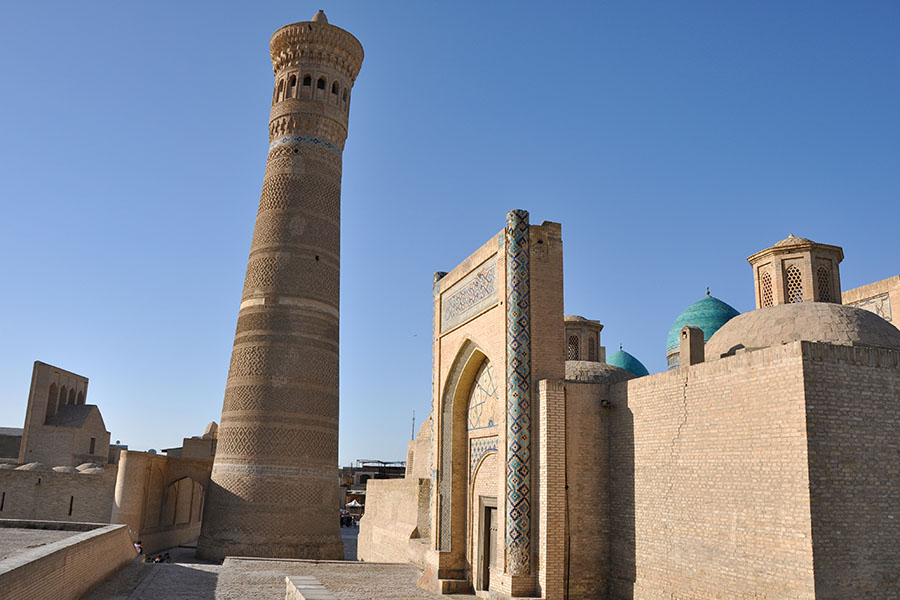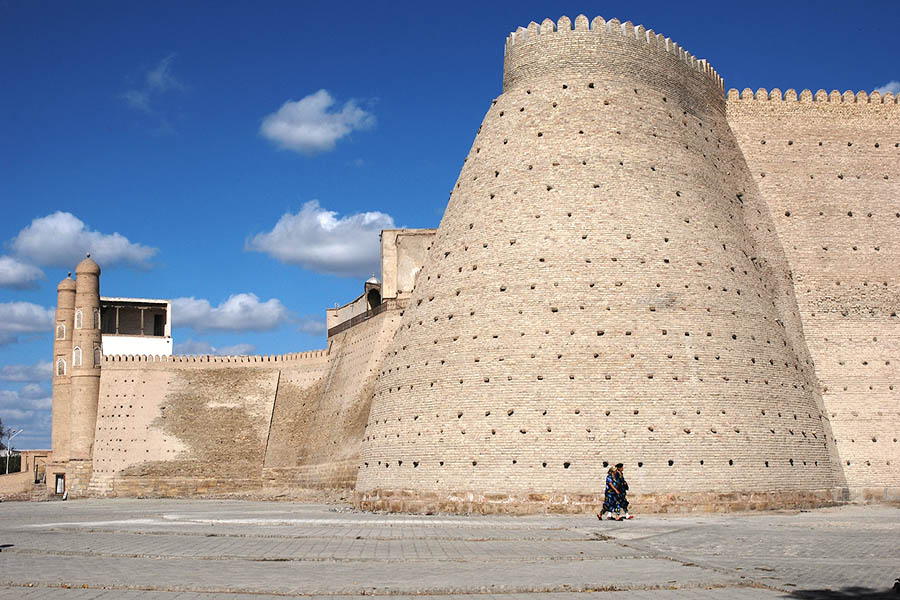City: Bukhara
Bukhara Biennial

Venue: Bukhara
Official site: www.bukharabiennial.uz
Bukhara Biennial is a transformative and evolving platform for contemporary art and culture launching in September 2025 in the city of Bukhara, a UNESCO Creative City of Craft & Folk Art.
Inspired by a widely known Uzbek legend, Recipes for Broken Hearts takes the form of an expanded feast to explore the healing power of art and culture through communal participation and will look at time as a key ingredient in art, cooking and healing. Bukhara’s rich history as an important intellectual and economic centre for production on the Silk Roads and as a hub for cultural exchange between Asia, Africa, and Latin America in the twentieth century, will be manifested through an interdisciplinary experience with a strong focus on craft and cultures of togetherness.

Curated by Artistic Director Diana Campbell with Wael Al Awar as Creative Director of Architecture.
Bukhara Biennial is an open-for-all forum with free admission. This new initiative is developed by the Uzbekistan Art and Culture Development Foundation with its chairperson, Gayane Umerova, as commissioner.
All commissions, including works by international artists, will be made in Uzbekistan.

The concept of the event is inspired by a local legend about how Avicenna – the medieval scholar, philosopher, and physician born near Bukhara – created a recipe for plov to comfort the broken heart of a local ruler.
The main events will take place at Bukhara’s historical landmarks, including the Ayozjon, Akhmadjon, and Fotukhudjon caravanserais, the Khoja-Gaukushan ensemble, and other sites listed by UNESCO.
The centerpiece of the program will be the Oshkozon Café, whose name translates from Uzbek as “stomach.”
Alongside the culinary experiences, around 70 art installations – created in collaboration with Uzbek artisans – will appear throughout the city.

